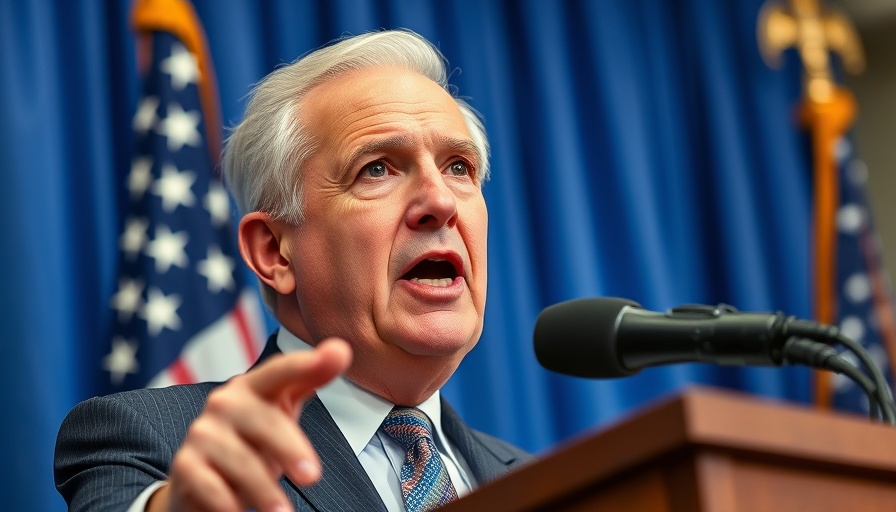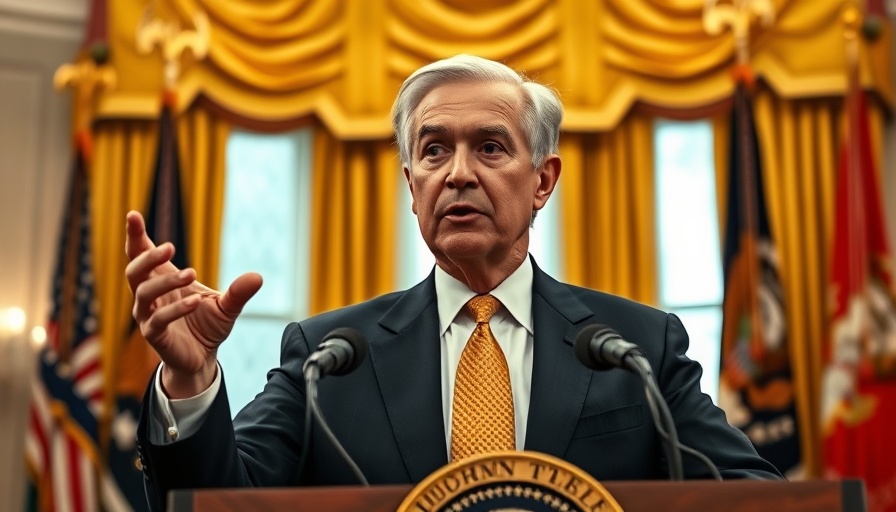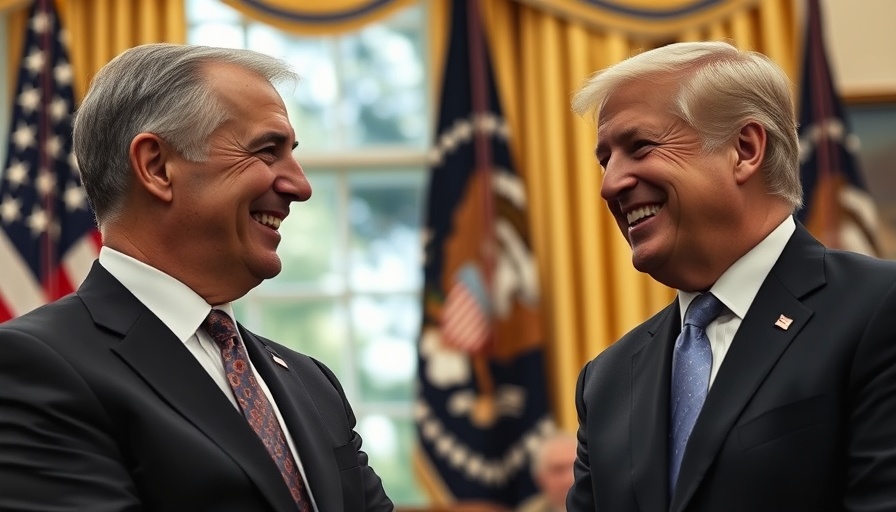
Alarm Over Rising Autism Rates: What It Means for Families
In a recent public address, Health Secretary Robert F. Kennedy Jr. raised significant concerns regarding the alarming rate at which autism diagnoses are increasing among U.S. children. This statement arrived shortly after the Centers for Disease Control and Prevention (CDC) reported that approximately 1 in 31 children are now diagnosed with autism—a concerning rise from previous estimates that suggested 1 in 36. Kennedy's declaration underscores growing apprehension about the long-term implications of rising autism rates and what it may mean for families across America.
Understanding Autism: More Than Just a Diagnosis
Autism is characterized by a distinct set of neurological differences, impacting communication and social interactions. It is not a disease but rather a complex disorder whose severity can vary tremendously among individuals. Symptoms include delays in language acquisition, learning, and emotional skills. While Kennedy labels autism as a “preventable disease,” the broader medical community has stressed that it is a multifaceted condition, where genetics, environmental factors, and even parental health conditions play critical roles in development.
The Intriguing Data Behind the Diagnosis
The latest CDC data, covering records from 14 states and Puerto Rico, highlights that boys are diagnosed with autism more frequently than girls, and the highest rates occur among children classified as Asian/Pacific Islander, American Indian/Alaska Native, and Black. This demographic insight raises essential questions about accessibility to screening and intervention services. As awareness increases alongside diagnoses, some researchers argue that the uptick in autism cases could also be attributed to improved health care services that enable earlier and more accurate diagnoses.
Current Strategies and Future Directions
Kennedy's administration intends to delve deeper into environmental variables that could contribute to autism diagnoses. His ambitious plan includes garnering research grants for universities to investigate potential causes further. “We will follow the science, no matter where it leads,” he asserted, critiquing the previous administration for cutting essential health science funding. As the government seeks to uncover the roots of rising cases, many parents are hopeful that this inquiry could lead to innovations in early detection and support services.
The Role of Community Support in Autism
For families grappling with autism's impact, community support networks are invaluable. Resources range from local advocacy groups to online forums where families share experiences and strategies. Engaging with these communities can lead to improved resilience amidst challenges. As Kennedy pointed out, autism doesn’t just affect the diagnosed children but extends its reach to families, dynamics, and communities, underscoring a collective responsibility to provide support and informed pathways forward.
What Are the Misconceptions?
Despite ongoing discussions, misconceptions linger about the increasing rates of autism. Many erroneously believe that heightened awareness and better diagnostic tools are the sole reasons for higher reported incidences. However, this perspective neglects the potential influence of growing environmental issues and genetic research continually evolving in the field. As families seek clarity amidst the noise, understanding these dynamics is crucial for effectively addressing concerns and supporting those impacted by autism.
Conclusion: Moving Forward with Insight
As we navigate the complex landscape of autism awareness and policy, it is crucial to stay informed. Engaging with the latest findings and community resources can empower families and stakeholders alike. To ensure every child receives the support they need, it’s necessary to advocate for continued research and open channels of dialogue around autism. For those interested in the evolving landscape of autism research and policies, stay tuned for more updates and community events that support awareness.
 Add Row
Add Row  Add
Add 




 Add Row
Add Row  Add
Add 

Write A Comment